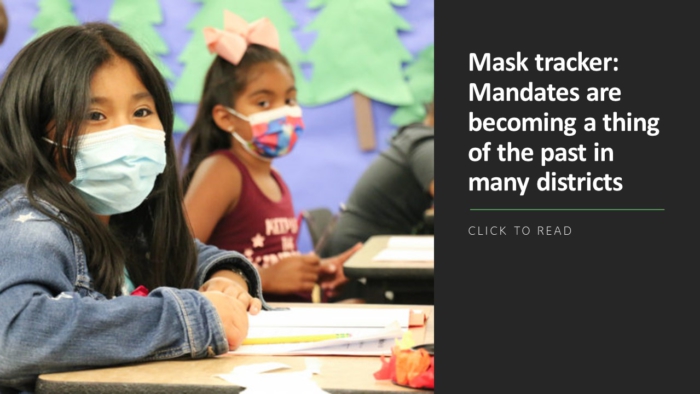A reliance on outdated heating, ventilation and air conditioning systems was just the tip of the iceberg of K-12 environmental problems exposed during two years of contending with COVID. The spread of the virus revealed that teachers and students in many buildings were being exposed to contaminants and other particles that were triggering allergies, asthma attacks and the transmission of colds and other infectious diseases.
And, as most educators know, less healthy and comfortable classrooms are much less conducive to learning.
On the way to school, diesel buses create other health concerns, both for the students on board and those who live in the neighborhoods where the vehicles travel. In fact, diesel exhaust exposure can cause increased school absences. Now, $500 million worth of help is on the way for K-12 leaders who want to create cleaner buildings and buses. That’s the size of the Building Better School Infrastructure grant program launched this week by the Biden Administration to assist schools in making clean energy upgrades such as energy-efficiency retrofits, electric school buses and resilient design.
The overall goal of the initiative is to help schools promote the science of learning and development, which shows students are more likely to thrive when safety, belonging and health are at the center of school climates, the administration says. “Public K-12 districts spend roughly $8 billion a year on energy bills—the second-largest expense after teacher salaries,” the administration says. “Energy efficiency improvements to HVAC systems, lighting, insulation, and other energy upgrades can not only protect the health of our children but also unlock significant savings to go toward students and learning.”
K-12 leaders should know about these five key components of the Building Better School Infrastructure initiative:
1. More efficient, energy-saving schools: The Department of Energy’s $500 million grant program will fund comprehensive energy efficiency audits, HVAC and lighting upgrades, clean energy installation, and training to help staff operate and maintain new equipment. The program will prioritize rural and high-poverty schools, and help district leaders leverage additional private, philanthropic, and public funding to maximize facilities projects.
More from DA: Why free lunch may no longer be the best way to measure student need
2. Improving air quality: To help schools access funding and technical assistance, the administration is releasing a map of the infrastructure resources available across the federal government. The administration has also announced the first round of honorees in its Efficient and Healthy Schools Campaign, which provides technical assistance for air quality improvements. The districts are:
- Adams 12 Five Star Schools, CO
- Boulder Valley School District, CO
- Charleston County School District, SC
- Columbia Public Schools, MO
- Davis School District, UT
- Greenville County Schools, SC
- Mariposa County USD, CA
- Newark Board of Education, NJ
3. Expanding clean transportation: The $5 billion Clean School Bus Program, which launches later this spring, will include technical assistance to school districts that are adding clean and electric buses to their fleets. The Environmental Protection Agency is producing webinars to show district leaders how to apply for the clean bus grants. The Department of Transportation is also helping communities find funding to create safer routes for students to walk or bike to school.
The Electric School Bus Collaborative—created by AASA, The School Superintendents Association, the Association of School Business Officials International, and the National Association for Pupil Transportation—will provide additional assistance to districts seeking Clean Bus grants.
4. Supporting rural, tribal and Puerto Rican schools: The Department of Agriculture will leverage its array of rural development loans and grants to help these districts acquire electric buses and charging stations and make other energy-efficiency investments.
5. Training and workforce development: School construction projects will be accompanied by new investments in training workers in trades that can lead to better-paying careers. These initiatives will also target under-resourced schools and communities.



